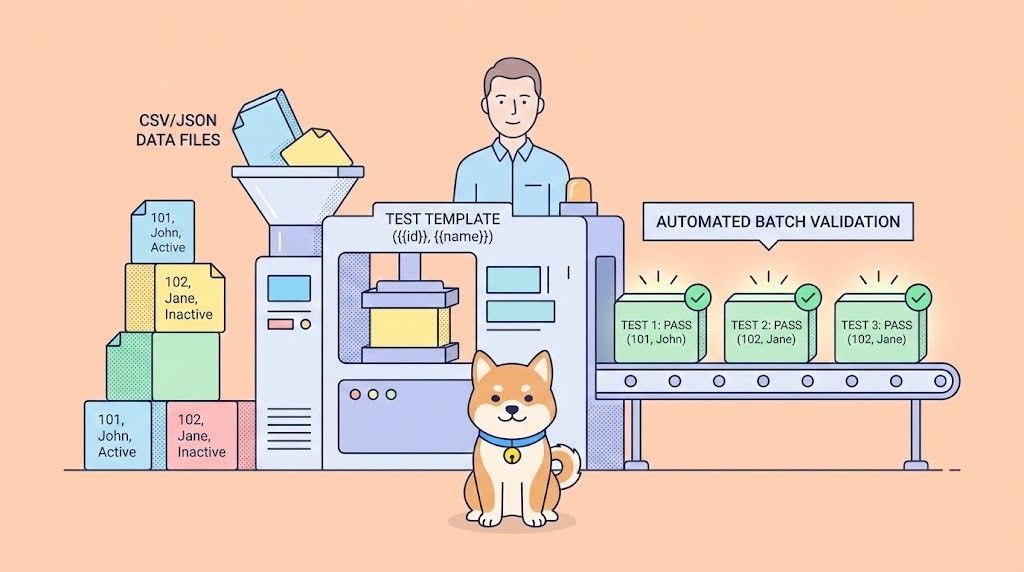Artificial Intelligence is evolving faster than ever, and OpenAI’s latest o3 models are stirring excitement across the tech landscape. This announcement, part of OpenAI’s 12 Days of OpenAI series, marks the final reveal in a string of groundbreaking releases. If you’ve been following along, you know that each announcement has pushed the boundaries of AI capabilities—and the o3 models are no exception.
For developers, this new family of models opens the door to advanced reasoning, greater performance, and enhanced safety. If you’re working with APIs, integrating AI into applications, or exploring AI-powered workflows, the o3 models could significantly impact your projects.
OpenAI’s 12 Days of Announcements: A Recap
OpenAI’s 12 Days of Announcements was a marketing and product blitz showcasing new advancements and partnerships. Every day featured exciting new tools, updates, and AI breakthroughs. The series began with API improvements, fine-tuning options, and expanded model capabilities.
However, the grand finale was the introduction of the o3 models. Unlike other updates, the o3 family promises to deliver cutting-edge improvements in reasoning, logic, and complex problem-solving—critical features for developers working on advanced applications.
If you missed any part of the series, the final o3 announcement ties everything together by showcasing OpenAI’s future direction AI that doesn’t just generate content but thinks critically and reasons through problems.
What are OpenAI’s o3 Models?
The o3 models are OpenAI’s latest addition to its family of large language models. This includes two variants:
- o3 – The more powerful, complex model designed for high-level reasoning and deep computation.
- o3-mini – A lightweight, efficient version that balances performance and cost.
The models are not yet available to the public but are currently being tested with select developers and AI safety researchers. When released, they will likely offer API access similar to OpenAI’s existing GPT models.
Key Features and Improvements
Here’s what sets the o3 models apart from their predecessors:
- Enhanced Reasoning – The o3 family significantly outperforms earlier models in tasks that require multi-step reasoning and complex problem-solving.
- Performance Boost – Early reports indicate that o3 models are 20% more efficient on code tests, math problems, and scientific challenges.
- Fine-Tuned Control – Developers will have greater control over how the models approach reasoning, allowing for tailored AI responses.
- Improved Safety – OpenAI is incorporating new alignment techniques to ensure safer outputs, reducing the chances of harmful or biased results.

Why o3 Models Matter for Developers
For developers, the o3 models represent a shift in how AI can support API-driven applications, automation, and software development.
Use Cases:
- Code Automation – Use o3 to generate, debug, and optimize complex code blocks.
- Advanced Chatbots – Enhance chatbot performance with multi-step reasoning, making interactions more dynamic and context-aware.
- Data Analysis – Perform complex data analytics and generate insights directly from raw data inputs.
- Algorithm Development – Let AI assist in generating algorithms for advanced tasks like simulations, cryptography, or optimization problems.
How to Access OpenAI’s API for o3 Models
Currently, the o3 models are in a testing phase. OpenAI has invited select researchers and developers to experiment with the models, particularly for AI safety purposes. Public availability will likely follow a phased rollout, similar to GPT-4.
Developers eager to integrate o3 models into their applications should stay updated by monitoring OpenAI’s API documentation.
Using Apidog to Integrate OpenAI’s API
When the o3 models launch, developers will need reliable tools to connect, test, and deploy the API. This is where Apidog comes into play.
Apidog simplifies the process by offering an intuitive API development environment that covers:
- Design – Build API blueprints before coding starts.
- Testing – Simulate and test API calls with real-world data.
- Documentation – Automatically generate interactive API docs.
- Collaboration – Share endpoints and feedback across your development team.

Apidog’s interface makes it easy to connect with OpenAI’s API, test endpoints, and handle authentication flows—all in one platform.
Step-by-Step Guide: Testing APIs with Apidog
Step 1: Download and Install Apidog
- Visit Apidog and download the platform for your OS.
- Follow the installation prompts.

Step 2: Create a New API Project
- Open Apidog and click “New Project”.
- Name your project (e.g., “OpenAI o3 Test”).

Step 3: Add an API Endpoint
- Select “New Endpoint” and paste the API endpoint.

Step 4: Configure Request
- Use a POST method and include the API key in the Authorization header if needed.

Step 5: Test the API
- Click Send to test the API call. Review the response in Apidog’s interface.

Pros and Cons of o3 and o3-mini Models
Pros:
- High-Level Reasoning – Superior performance in complex tasks.
- Versatility – Adaptable for coding, data analysis, and content generation.
- Scalable – o3-mini offers cost-effective scaling for smaller applications.
Cons:
- Limited Access – Not yet publicly available.
- Resource Heavy – May require more compute power for larger models.
OpenAI’s o3 models highlight the next phase of AI development—models that reason, analyze, and autonomously solve problems. Developers should prepare for a future where AI collaboration becomes an integral part of software development.
📥 Download Apidog to get started today!



